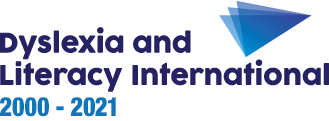1. Why is it important to identify dyslexia?
If students with features of dyslexia – up to 10 per cent of all your pupils – have learning difficulties that you do not understand or address appropriately they are at risk of falling into a cycle of failure.
As they fall behind their peers in academic subjects, they inevitably face difficulties in coping with exams, going on to further training, or finding a job. People with severe levels of dyslexia who are not taught properly will face life-longdifficulties in all areas that demand reading and writing skills, e.g. reading bills or instructions on medication, filling in forms at the post office or bank, and writing letters of any kind. Obviously, dyslexia will strongly handicap their daily life in many ways.
If your pupils are failing, this puts you as a teacher in a position of failure as well.
This is why it is so important for you to be able to identify dyslexia, and to know how to adapt your teaching methods to the learners with dyslexia in your class.
Your role as a teacher is vital. You can prevent the devastating psychological effects of continual failure which often mark adults with dyslexia who have had to struggle with their dyslexia unaided throughout their lives.
Many scientific studies show that the earlier these children are supported appropriately, the better their outcome at school and in employment.
Hence, it is paramount to try to detect dyslexia, and to address it, as early as possible.



